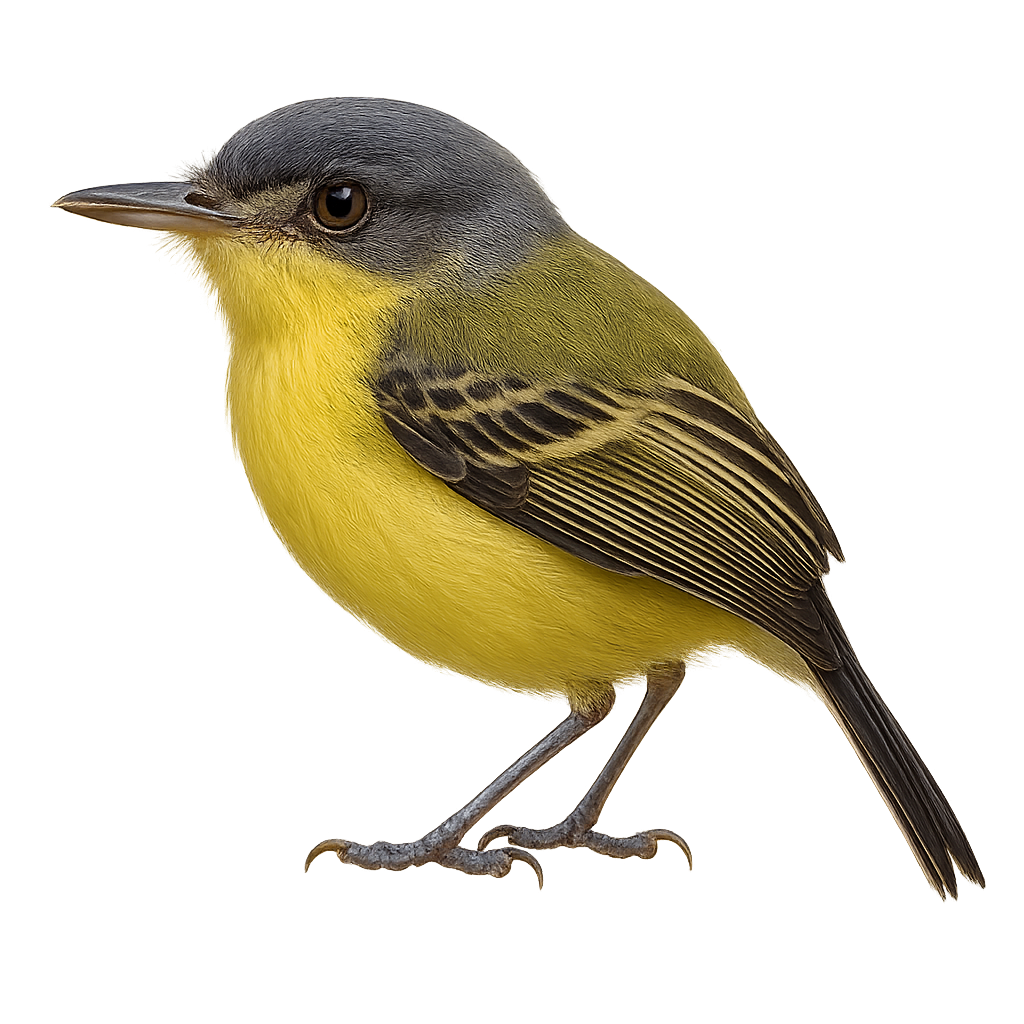Your wildlife photography guide.
Explore the greenish tyrannulet in detail, study its behavior, prepare your shots.
Where to observe and photograph the greenish tyrannulet in the wild
Learn where and when to spot the greenish tyrannulet in the wild, how to identify the species based on distinctive features, and what natural environments it inhabits. The WildlifePhotographer app offers tailored photography tips that reflect the greenish tyrannulet’s behavior, helping you capture better wildlife images. Explore the full species profile for key information including description, habitat, active periods, and approach techniques.
Greenish Tyrannulet
Scientific name: Todirostrum viridanum

IUCN Status: Least Concern
Family: TYRANNIDAE
Group: Birds
Sensitivity to human approach: Suspicious
Minimum approach distance: 10 m
Courtship display: April to May
Incubation: 15-17 jours
Hatchings: April to June
Habitat:
Humid forests, wooded areas, forest edges
Activity period :
Primarily active during the day, with peak activity in the morning and late afternoon.
Identification and description:
The Greenish Tyrannulet, Todirostrum viridanum, is a small bird from the Tyrannidae family, primarily found in the humid forests and wooded areas of Central America. This passerine is distinguished by its olive-green plumage, dark wings, and lighter belly. It is often seen foraging for insects in dense foliage, using its short, broad bill to catch prey. Although discreet, its high-pitched, repetitive song makes it identifiable. The Greenish Tyrannulet plays a crucial role in the ecosystem by regulating insect populations and aiding in seed dispersal. Its adaptability to various habitats allows it to survive despite increasing deforestation.
Recommended lens:
400 mm – adjust based on distance, desired framing (portrait or habitat), and approach conditions.
Photography tips:
To photograph the Greenish Tyrannulet, it is advisable to use a 400mm lens or longer to capture detailed images without disturbing the bird. Look for areas with dense foliage, as this bird likes to hide among the branches. Be patient and listen for its distinctive song to locate it. Morning or afternoon light is ideal for well-lit photos. Use a tripod to stabilize your camera and avoid motion blur.
The WildlifePhotographer App is coming soon!
Be the first to explore the best nature spots, track rutting seasons, log your observations, and observe more wildlife.
Already 1 439 wildlife lovers subscribed worldwide

